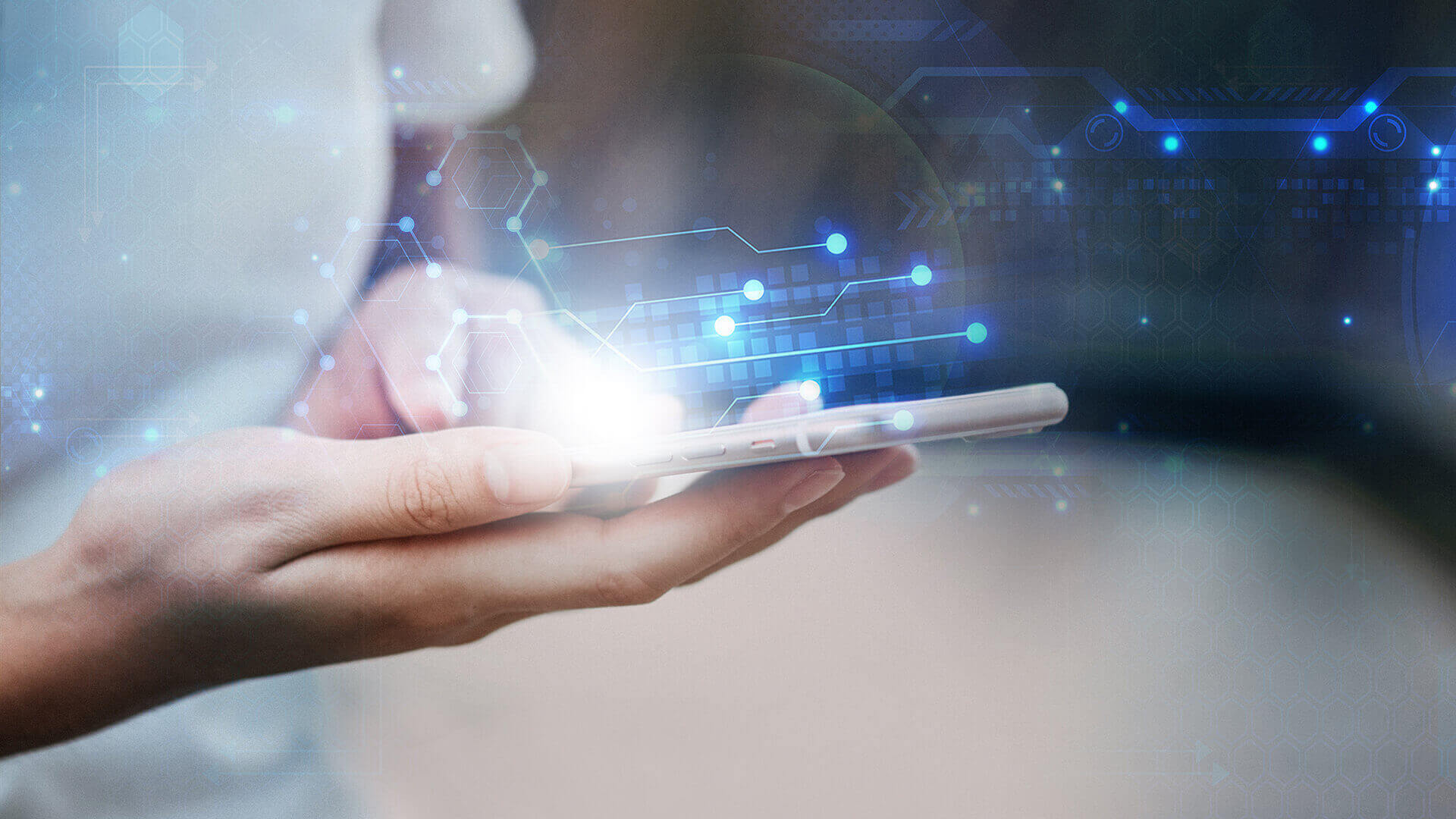Machine learning is an advanced technology that uses computer algorithms to produce predictive models for human behaviors. Today, Machine learning has been applied in the psychological field for the first time, providing insights for therapists and interventions for patients. Enabled by phone-based apps, machine learning helps to track a person's mood changes in real time, including music choices, social media posts, and even facial expressions and voices. For the first time, a psychology research group at Harvard University applied the technology to help a patient about to be discharged from a psychiatric hospital because the months following discharge are a time of high suicide rates. The technology monitors the patient’s emotions in real time, predicts whether she is likely to commit suicide and interventions it in time.
Matthew K. Nock, an expert in suicide, commented in the NYT article: “if this technology becomes totally mature and operational, could be of invaluable use to society especially for patients with high suicidal ideation at the time of discharge.” For example, smartphone generated data can show the context that the patient is in danger because she is pacing restlessly, even though she hasn’t told the doctor she wants to end her life. In this case, the clinician can receive a timely alert from the phone and help the patient calm down.
However, algorithms cannot always be accurate. Since algorithms are built and trained on datasets, the more data researchers have the more accurate the prediction. In the suicide cases, it is simply a very limited data.Moreover, there is an inherent ethical and legal concern regarding privacy with phone-tracked activities, adding another layer of limitation of data collection. Dr. Nock, the psychologist interviewed by NYT, expressed his frustration, “The suicide rate now is the same it was literally 100 years ago. So just if we are being honest, we’re not getting better.”
The potential of machine learning in psychology is meaningful, which is saving thousands of lives.In traditional therapy sessions, patients tend to hide their true emotions, to errors in judgment of the clinician. Some patients with strong suicidal tendencies tend toescape the hospital in order to satisfy suicidal urges. As a result, those patients are likely to assure the clinician that they are in good physical and psychological conditions. Without real-time monitoring, clinicians are deceived and patients with strong suicidal thoughts can be left without care. However, enabled by machine learning and phone-based apps, more than 80% of the patient's current psychological condition can be actively monitored. If the algorithms recognizes that the patient is agitated, depressed and suicidal, the app will send an alert to inform the clinician in time. In this case, the doctor can take immediate action, such as calling for reassurance and calling an ambulance.
On the other hand, patients want to be noticed so that they feel that they are not ignored by the world. With depression, some of them are simply unable to open up to everyone and talk about their feelings. It is crucial to develop support groups where patients can build trusting relationships over time, such as friends and family. This is where the technology bridges the gap - with the phone-enabled tracker, it becomes easier for patients to seek help within their support groups.
More importantly, a phone-enabled app empowers patients to own their agency and independence in managing their status. Some highly sensitive patients, those who have experienced severe trauma, are especially vulnerable to suicide without pharmaceutical-type intervention. However, the phone-based app allows those patients to monitor their own feelings, and more importantly, to get remote help from clinicians whenever in need. If those senstive patients commit an unpredictable suicidal behavior, the tracker sends an alert and the clinician can come to the rescue in time. The efficiency of the machine will be much higher than the manual.
For doctors, such technology allows for better patient management. Clinicians do not need to check the patient's condition manually on a daily basis on time. With mood tracking, if the patient is in a stable state, the doctor doesn’t need to actively check and spend much effort on him. On the contrary, if the data recognizes that the patient is agitated, depressed and suicidal, even if he does not want to tell the clinician, the tracker will send an alert to notify the clinician in time. In-time intervention also mitigates the potential legal disputes between clinicians and the patient’s family if any incident happens. In the absence of this technology, a patient's suicide could push the doctors into legal liability. However, with this technology, they can avoid unnecessary doctor-patient disputes.
On the writing aspect,the NYT article author, Ellen Barry, uses various precise experimental cases to support her arguments. As a student without much experience in analytical writing, this article provides an impeccable example for me to refine my writing skills. As a high school student who aspired to study psychology in college, this article enlightened me with exciting potential research areas going forward. I resonate with what is summarized in the article, that technological advancement, such as in big data and machine learning, can enable psychology to impact much more people than it is used to. As a student, I look forward to contributing to that promising future.
Original article:
https://www.nytimes.com/2022/09/30/health/suicide-predict-smartphone.html
